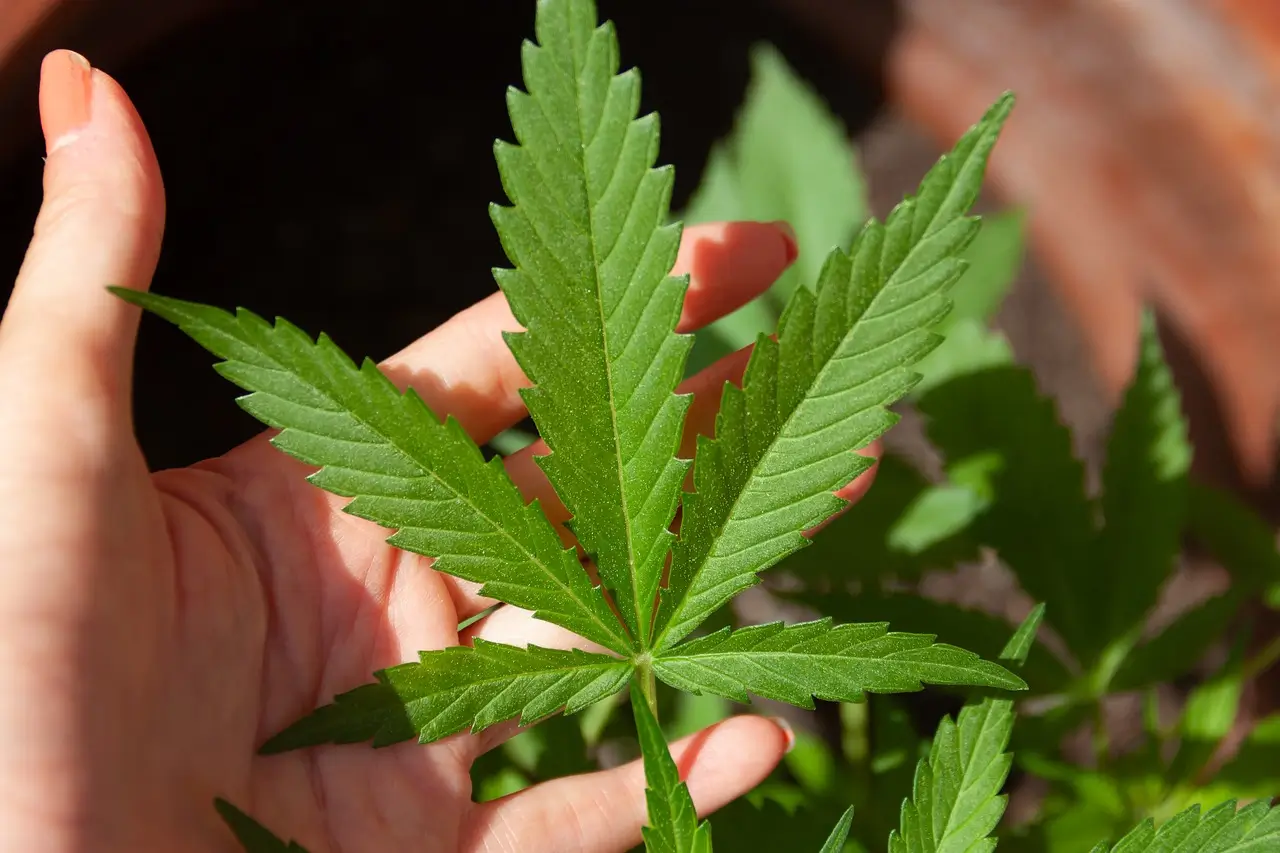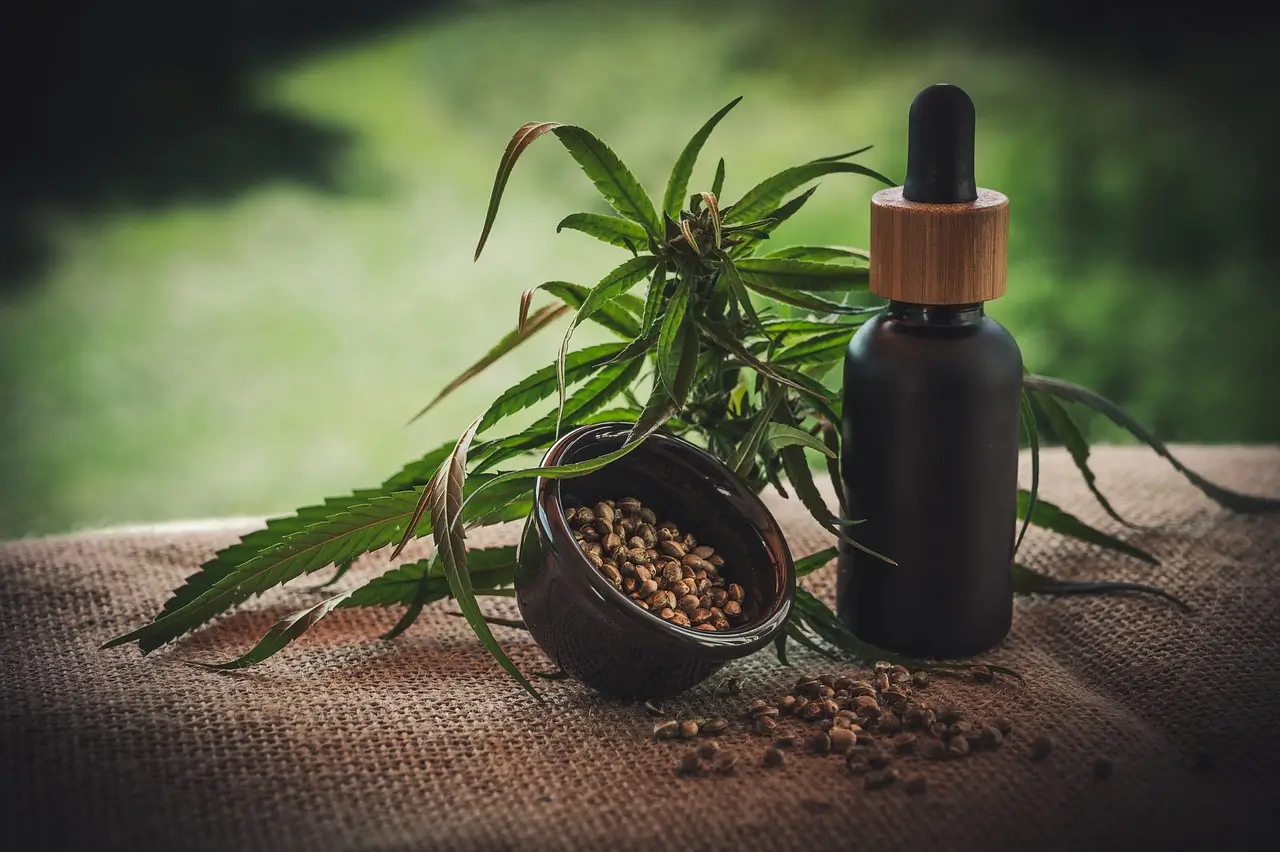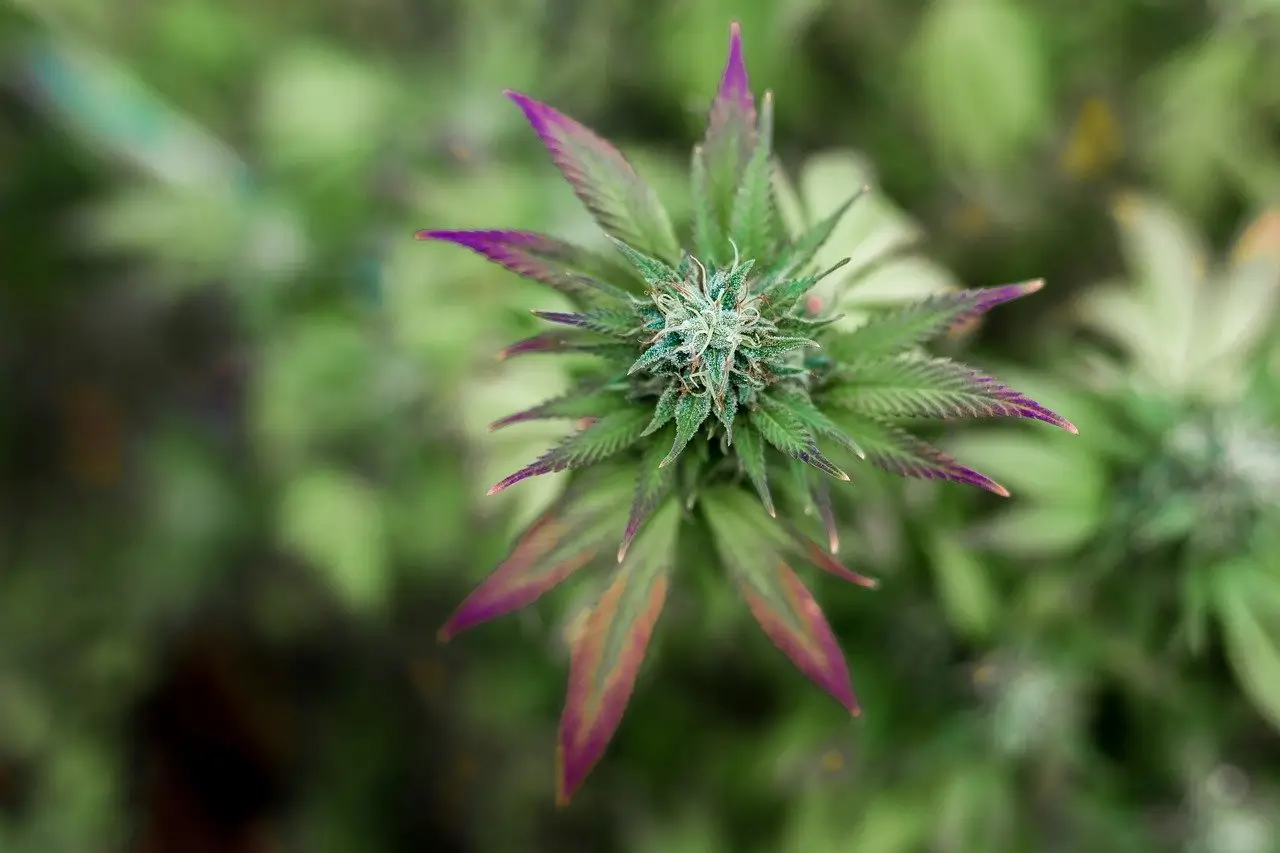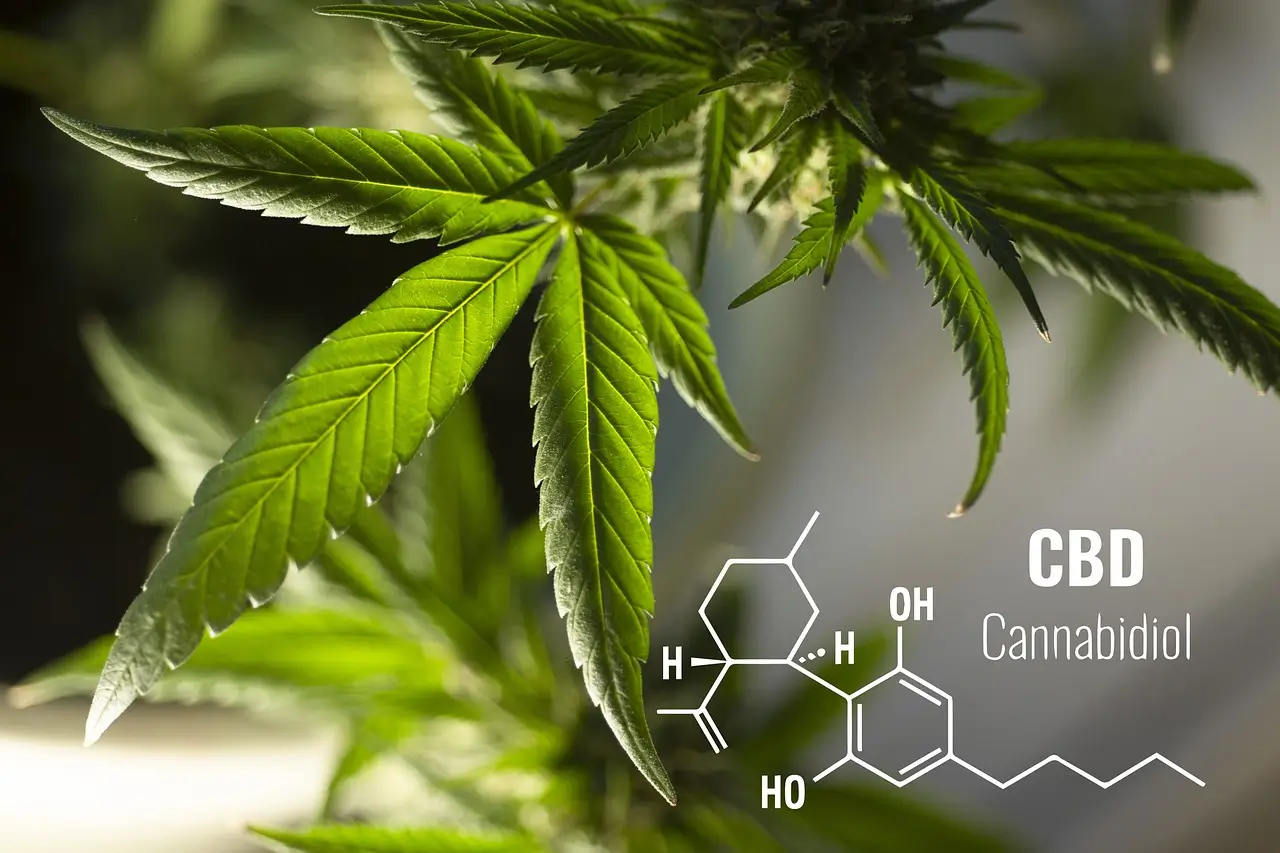Pain Relief and CBD
Opening Scene: A Moment of Pain Relief
The clock struck 3 AM, and the dim light of a bedside lamp cast a soft glow in the room.
Julia, a middle-aged woman with chronic back pain, sat on the edge of her bed, feeling a rare moment of peace from her relentless discomfort.
She looked at the small bottle on her nightstand – a simple vial of CBD oil, which had become a key ally in her battle against pain.
From Science to Experience
Recall Julia's moment of relief as we delve into the science behind CBD's interaction with pain.
CBD, or cannabidiol, interacts with the body's endocannabinoid system (ECS).
It modulates receptors and ion channels to exert its therapeutic effects, such as influencing TRPV1 receptors, which play a role in pain perception.
Research highlights CBD's potential in reducing various types of pain, making it a promising candidate for those seeking alternative pain relief methods.
Use of CBD Oil for Pain Management
As you consider integrating CBD oil into your pain management strategy, understanding the nuances of its use can enhance its effectiveness.
Practically speaking there are four considerations.
Let's take a closer look at each.
- Choose the Right CBD Product:
The CBD market offers a variety of products, from oils and tinctures to topical creams.
For systemic pain, oils or capsules can be effective, as they allow CBD to enter the bloodstream.
For localized issues, like joint or muscle pain, topical applications might be more beneficial.
-
Determining CBD Dosage:
Finding the right dosage of CBD can be a personal journey, as it varies based on individual factors like body weight, the nature of the pain, and the concentration of CBD in the product.
Starting with a low dose and gradually increasing it while monitoring the effects is a commonly recommended approach.
-
Method of Application:
The method of application can influence the effectiveness of CBD. Sublingual administration (under the tongue) of oils and tinctures ensures faster absorption into the bloodstream.
Topicals, on the other hand, can be applied directly to the affected area for localized relief.
-
Consistency is Key:
Regular use of CBD oil might be necessary to see significant results, as its effects can accumulate over time.
Keeping a consistent routine helps in gauging its effectiveness and adjusting the approach as needed.
While the journey to finding the right balance with CBD oil can be unique for each individual, these guidelines provide a starting point to explore its potential benefits in pain management.
Addressing Different Types of Pain with CBD
CBD oil has shown promise in managing diverse types of pain, including chronic, neuropathic, inflammatory, and cancer-related pain.
Its ability to interact with the ECS and affect various pain pathways offers a versatile approach to pain management.
Navigating the Use of CBD Oil for Pain Management
Here's a simple list of bullet points to help you assess and manage your intake.
- Choosing the Right CBD Product: Look for high-quality, third-party tested CBD oil to ensure purity and potency.
- Determining Dosage: Start with a low dose and gradually increase, paying attention to how your body responds.
- Consistent Usage: Regular use of CBD oil is important to see sustained results. It might take time to find the right balance.
- Application Methods: Choose between oral ingestion for systemic pain and topical application for localized pain.
- Timing: Experiment with taking CBD at different times to find the most effective schedule for your pain management.
Practical Insights for Using CBD Oil in Pain Management
To effectively use CBD oil, start with a low dose and gradually increase it to find the level that provides relief.
Different methods of application, like sublingual administration and topicals, have varying effects.
Keeping a log of dosage and timing can help in finding the optimal approach for your needs.








